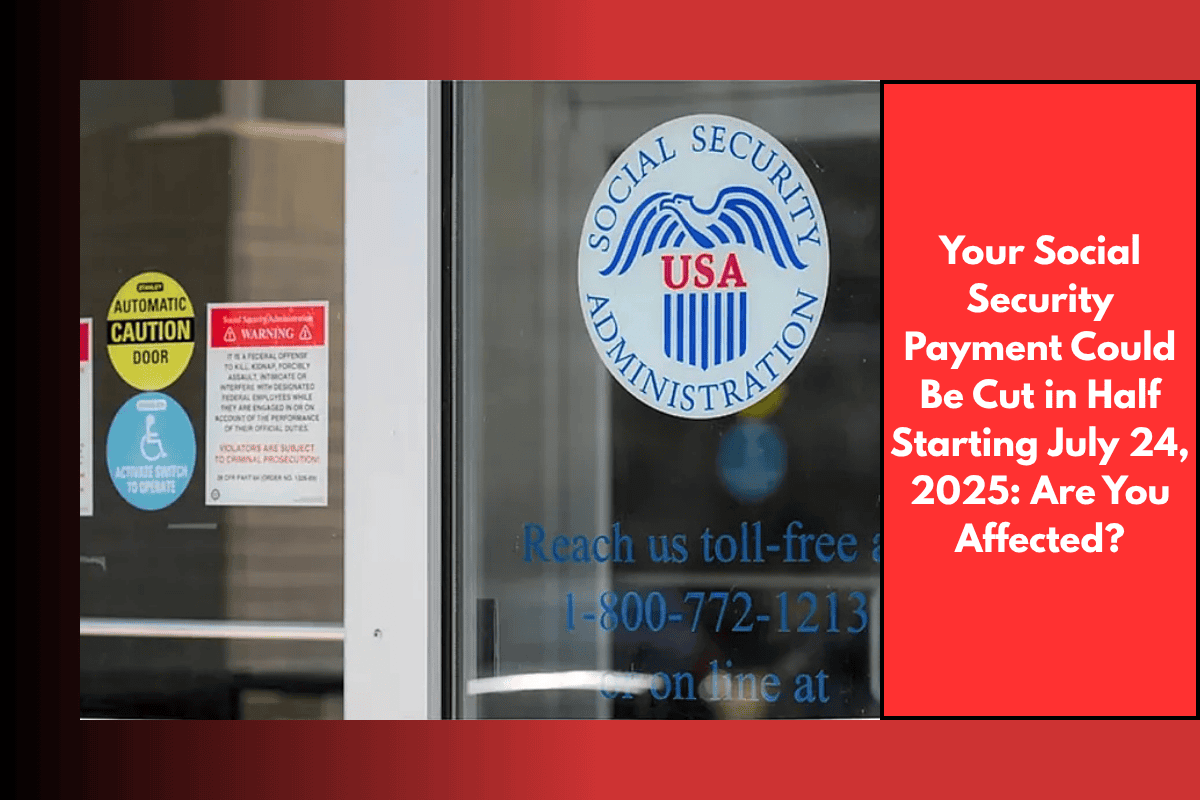Starting July 24, 2025, the Social Security Administration (SSA) will begin enforcing a stricter policy to recover overpayments made to recipients in previous years. For millions of people, this could mean a significant reduction in monthly Social Security checks. If you have received an overpayment notice, it is crucial to take action before this date to avoid a potential 50% cut in your benefits.
Who Is Affected by This Measure?
This new policy targets individuals who received an overpayment notice in April 2025. The notice will explain that you were given more money than you were entitled to, either due to administrative mistakes or by not updating personal information like income, marital status, or place of residence. If you do not take action within 90 days of receiving the notice, your monthly check could be automatically reduced by 50%.
Why Is This Policy Being Implemented?
The SSA’s decision comes after discovering that between 2015 and 2022, over $72 billion in overpayments were made to Social Security recipients. This measure is aimed at recovering some of that money to help ensure the system’s sustainability. Initially, the SSA had considered withholding 100% of payments, but after criticism from lawmakers and organizations, it decided to limit the reduction to 50%.
How Much Money Could You Lose?
The average monthly Social Security payment is around $1,900. If you are affected by this policy, you could lose as much as $950 per month until the full amount of the overpayment is recovered. For seniors or individuals relying on Social Security as their primary income, this reduction could make it challenging to cover essential expenses like rent, food, and medicine.
What Can You Do If You Received a Notification?
If you have received an overpayment notice, you have until July 24, 2025, to take action. You can file one of the following three forms:
Form SSA-561: To appeal the overpayment amount if you believe it is incorrect.
Form SSA-634: To request a reduction in the percentage withheld if you are unable to afford the 50% cut.
Form SSA-632: To request a full waiver if paying the overpayment would cause you severe financial hardship.
What Is the Long-Term Impact?
Although this policy is expected to recover up to $7 billion over the next 10 years, it represents only a small fraction—around 0.2%—of the projected deficit in the Social Security program. This means that while the policy may help address the issue of overpayments, it will have a limited impact on solving the broader, structural financial problems facing Social Security.














